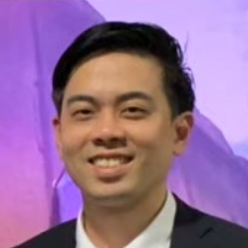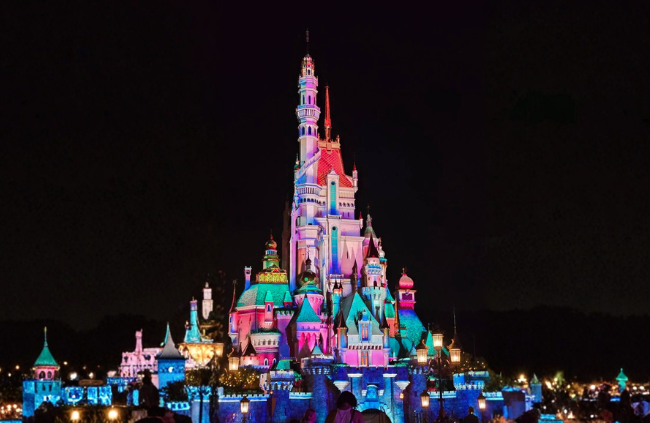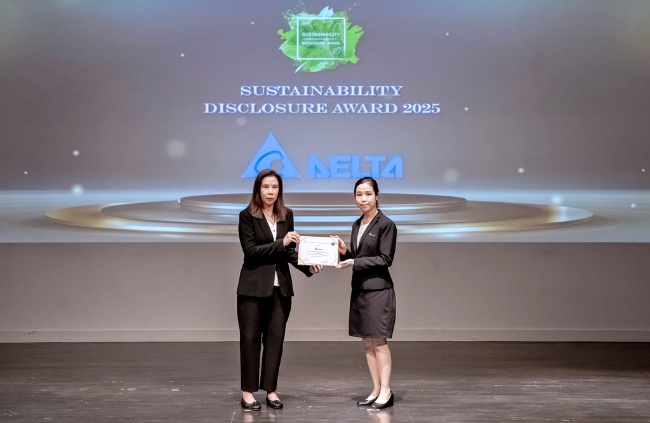Ayutthaya: Glorious Capital of Siam’s Golden Age
By David Nakayama - Published January 28, 2021
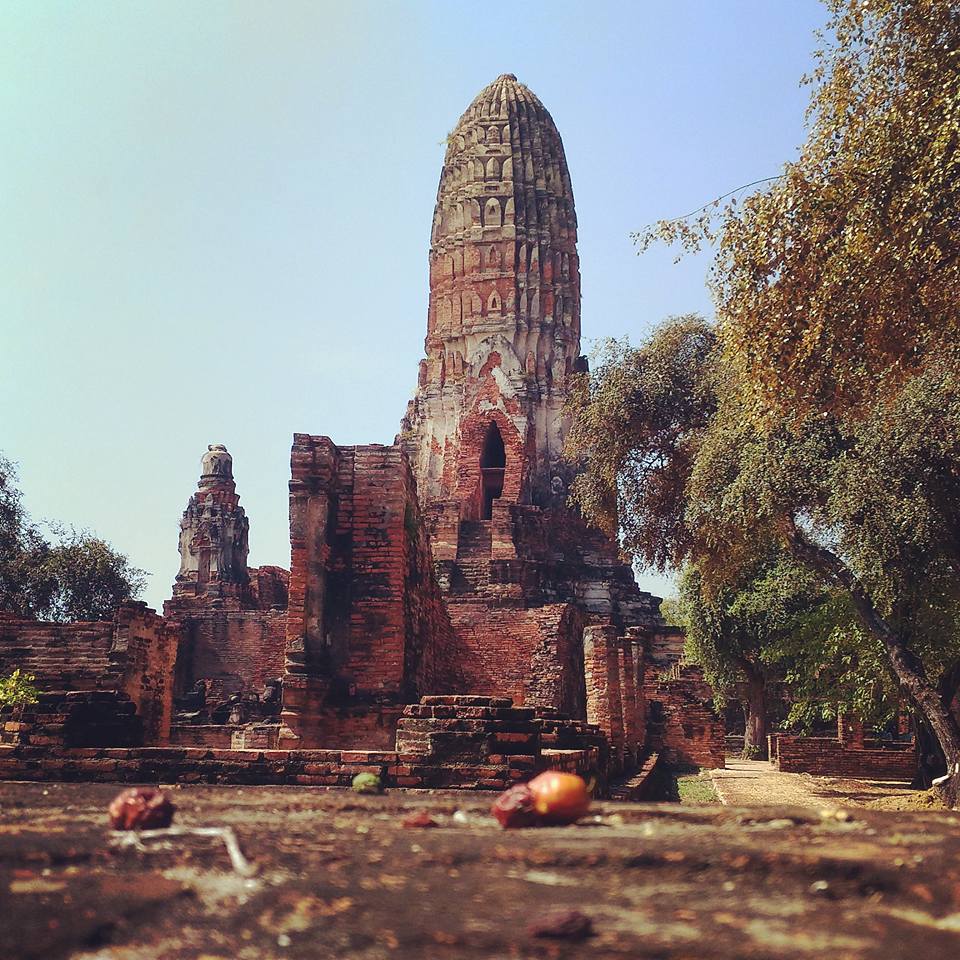 Text and Photos by David Nakayama, DET Corp Comms
Text and Photos by David Nakayama, DET Corp Comms
Bangkok, Thailand, December 22, 2020- The historic city of Ayutthaya holds a special place in the hearts of many Thais and attracts visitors from around the world to visit the UNESCO world heritage ruins of the ancient Kingdom of Ayutthaya.
Founded in 1350, Ayutthaya is the second Siamese capital after Sukhothai and was destroyed by ancient Burma in the 18th century. At the height of its glory during the 14th to 18th centuries, Ayutthaya was one of the world’s largest and most cosmopolitan urban areas and a center of global diplomacy and commerce.
So hop aboard my tuk-tuk and we’ll explore the remains of the once magnificent palaces and temples as we look back at an age when Siamese culture was at its zenith.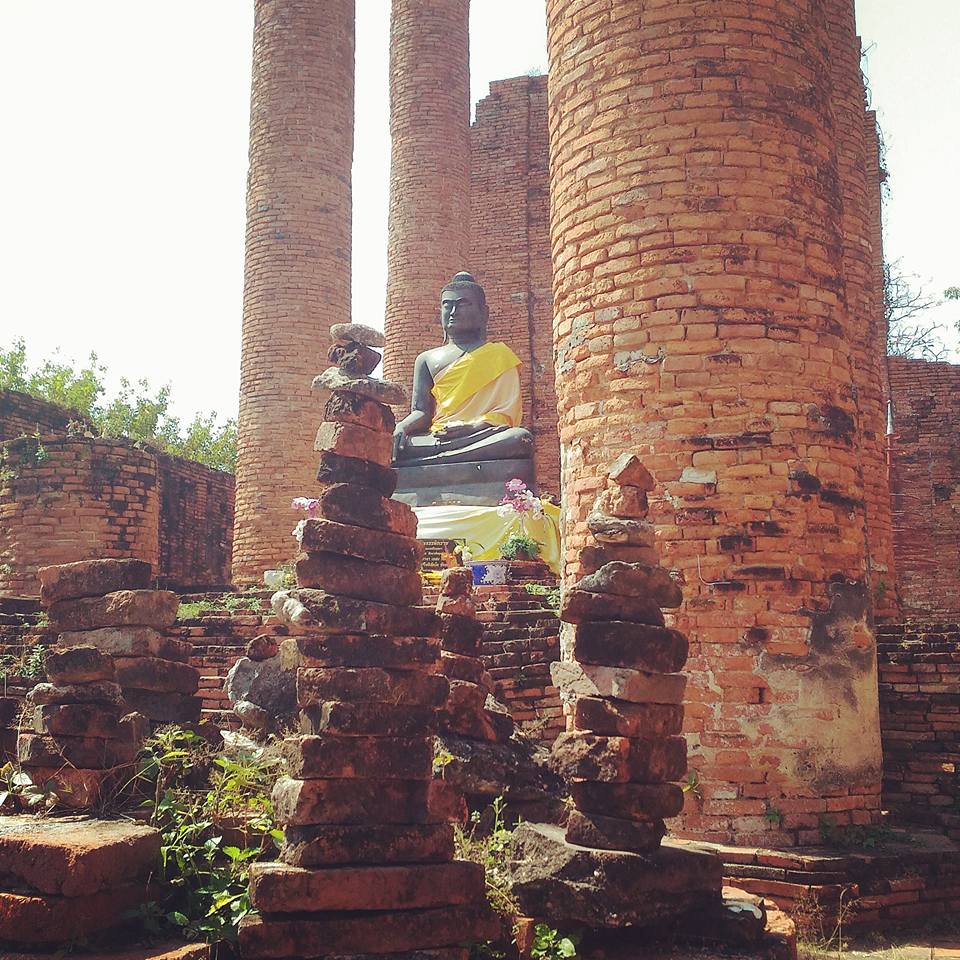 Ayutthaya Historical Park
Ayutthaya Historical Park
Our first stop is Ayutthaya Historical Park which has four temples–Wat Phra Ram, Wat Phra Si Sanphet, Wat Mahathat, Wat Ratchaburana–the Royal Palace and Wiharn Phra Mongkol Bophit. Wandering through the temple ruins, we can sit in the cool shade of gardens and imagine how the red brick walls and stupas once glittered with gold and murals of holy scenes.
Besides the ruins, there are modern temples for Thais and Buddhists to pray and make offerings. Native shrines for local deities and legendary figures in Thai cockfighting are also popular with the locals. If you look closely you can even find fun modern elements hidden in the renovated murals and sculptures like present-day pop characters or historical figures using a laptop.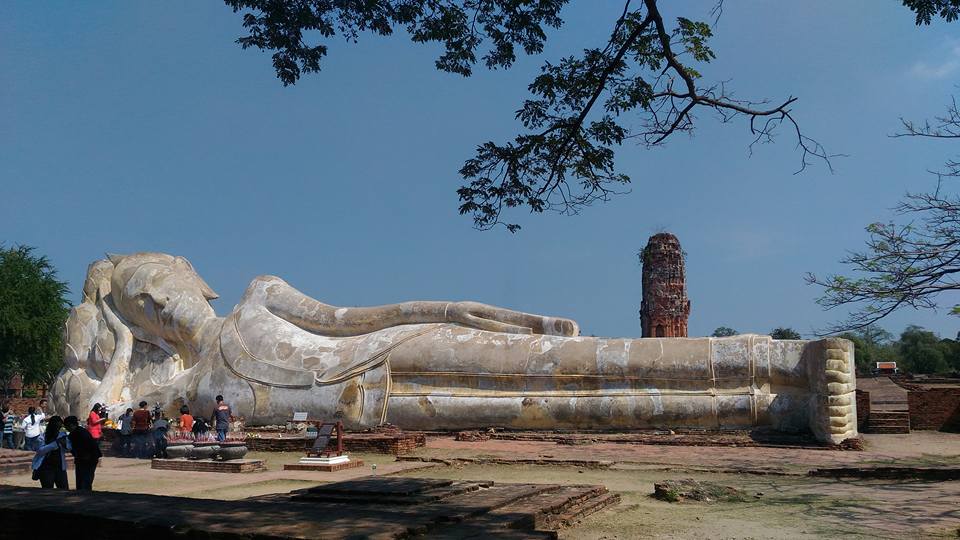 Wat Lokaya Sutha Temple of the Reclining Buddha
Wat Lokaya Sutha Temple of the Reclining Buddha
Next, we go to Wat Lokaya Sutha Temple to see its giant 42-meter long and 8-meter high reclining Buddha statue surrounded by ruins of the once grand temple. Reclining Buddha statues are common in Southeast Asia, as they depict the Buddha entering Nirvana. Locals still come to pray at this peaceful site.
I stopped to chat with the locals, who told me about the floods that devastated the area in 2011. They pointed to a line on an old wall to show how the water had risen up to around two meters. The flood cost billions in economic damages for companies and the country and severely affected the livelihoods of many locals in the manufacturing industry.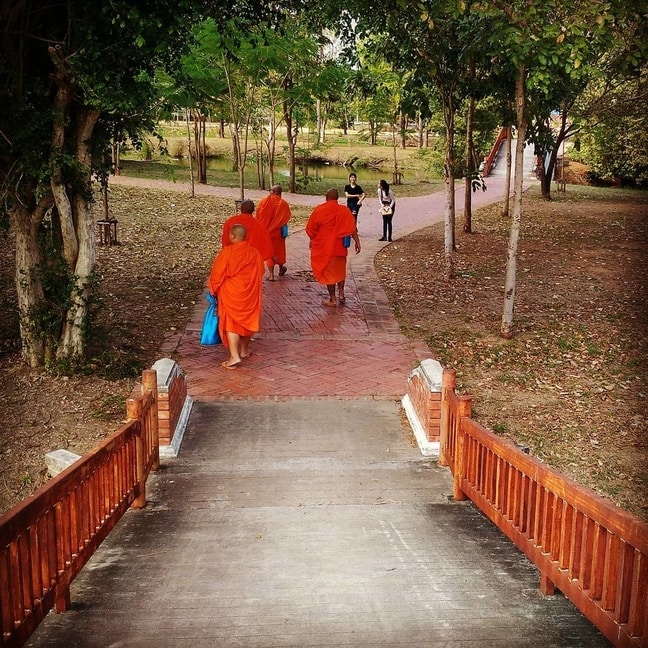 Wat Na Phra Men Last Temple of Ayutthaya
Wat Na Phra Men Last Temple of Ayutthaya
Finally, we go to Wat Na Phra Men built in the twilight in the Ayutthaya period for a fine example of a temple at the peak of the era’s architecture and cultural style. The Burmese used the site as a command base for the city’s invasion, which explains its well-preserved state.
As I admired the relics and the splendid designs of times gone by, I found the story of the site written on a plaque. According to the Thai sources, the attacking Burmese had set up cannons on the temple grounds to bombard the city. One cannon accidentally exploded and killed a general which apparently doomed their Siamese adventure to ultimate failure. In fact, Burma withdrew shortly after the fall of Ayutthaya for several reasons besides their poor work safety record.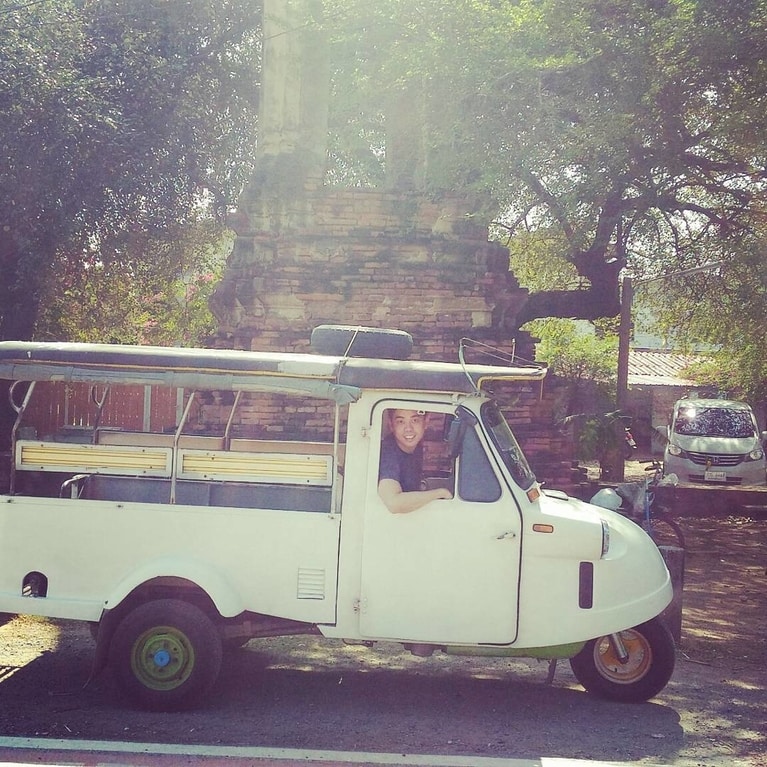 Summary
Summary
The historic city of Ayutthaya is a place for discerning travelers looking to get away from the chaos of Bangkok or the hedonism of sun-drenched beaches and delve deeper into Thai culture.
Here you seem to go back through time to experience a simpler way of life. Among the ruins of past glory, you can discover the building blocks of ancient Siam and modern Thailand that come together to form the foundation of this Kingdom’s unique worldview and way of life.
Useful Links:
Ayutthaya: http://www.thailand-guide.com/ayutthaya/
Location: https://goo.gl/maps/MmkhFq4pHyMrnQan7
Wat Na Phra Men: https://www.tourismthailand.org/Attraction/wat-na-phramen
Location: https://goo.gl/maps/ZF67hNvTMsirovYk7
UNESCO Heritage List Historic City of Ayutthaya: https://whc.unesco.org/en/list/576/
Thailand 2011 floods: https://en.wikipedia.org/wiki/2011_Thailand_floods
